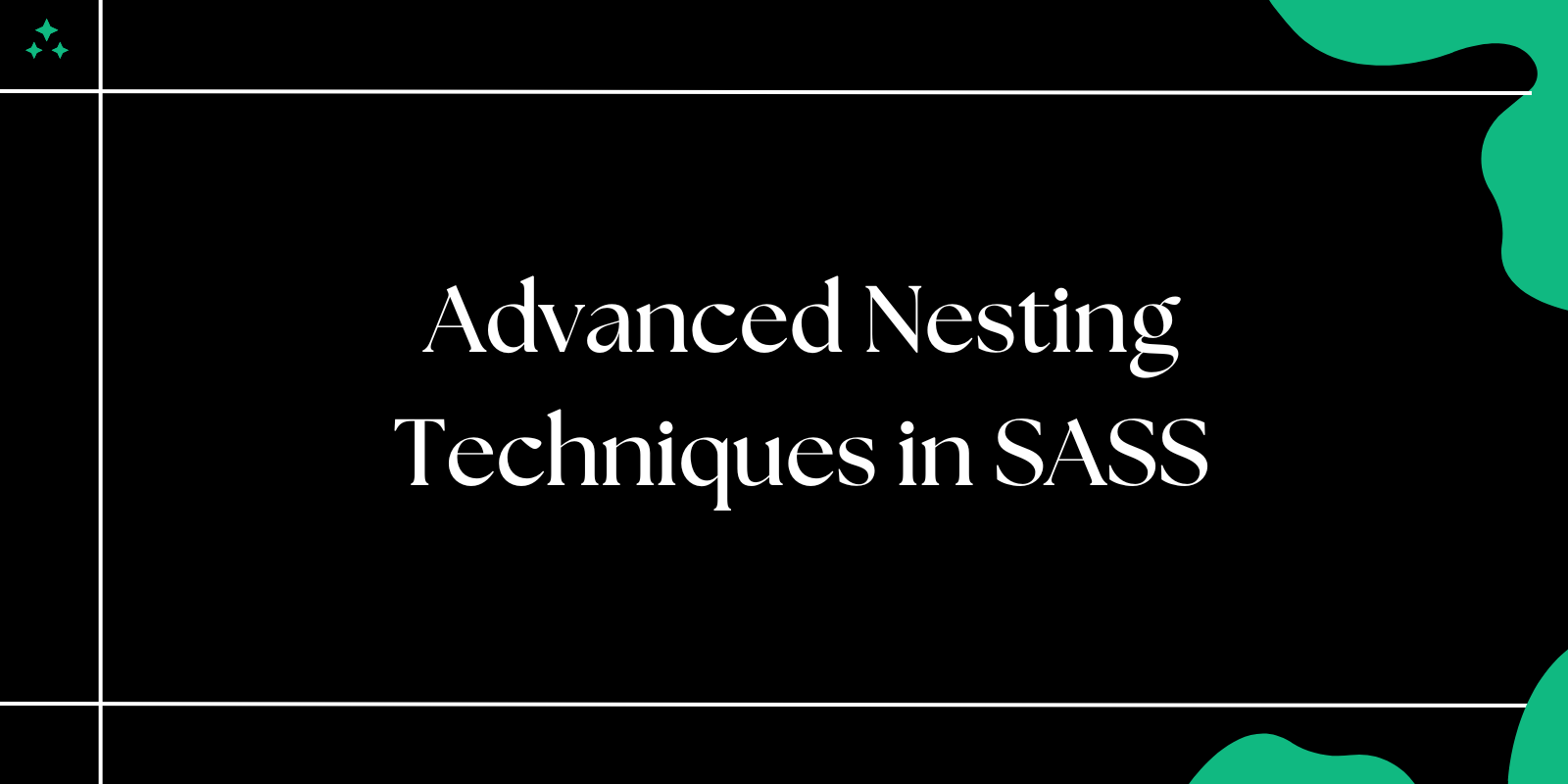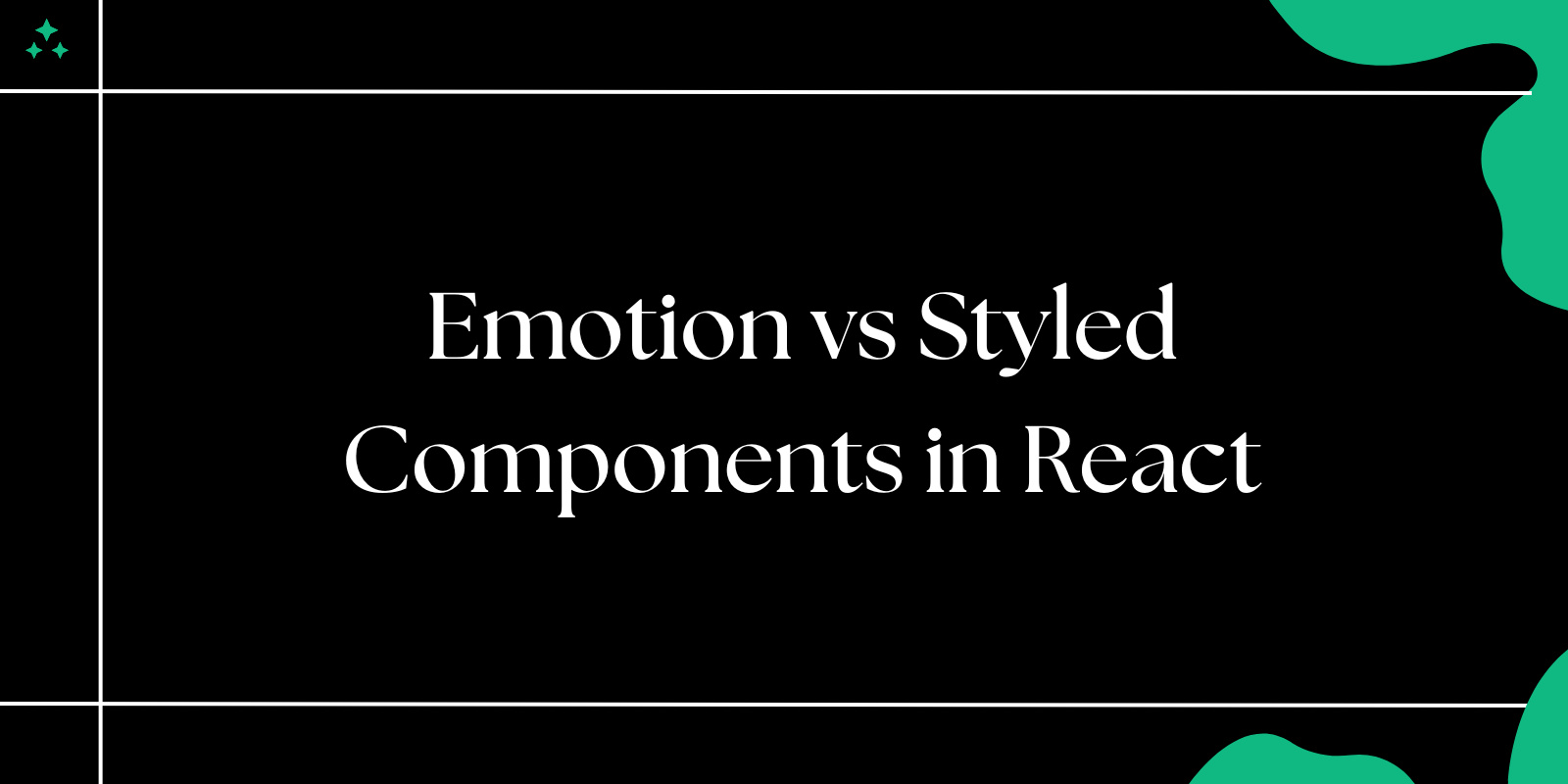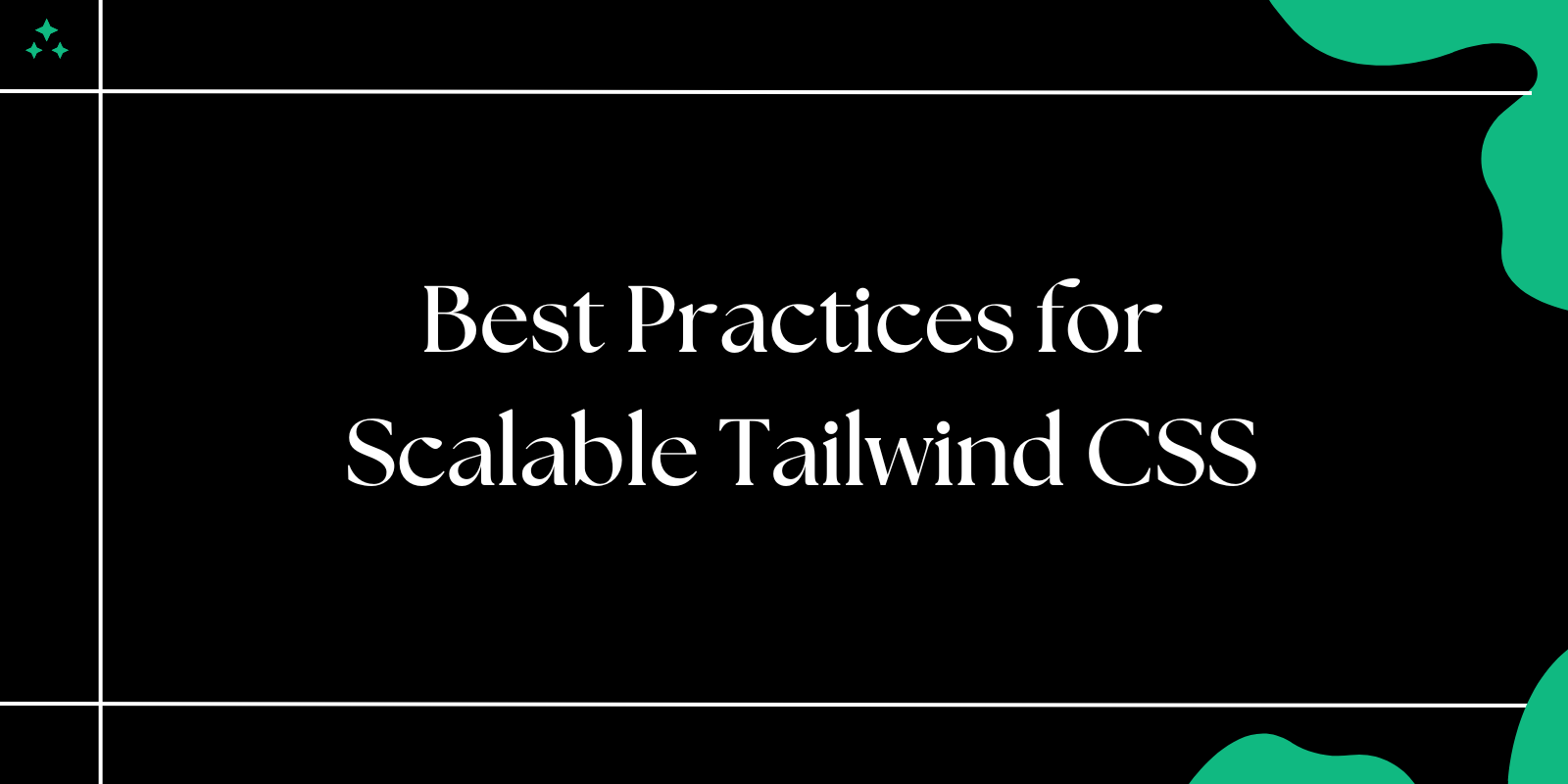SASS (Syntactically Awesome Stylesheets) is a powerful CSS preprocessor that enhances the efficiency and organization of your stylesheets. One of its standout features is nesting, which allows you to write CSS in a way that mirrors the HTML structure, leading to cleaner and more maintainable code.
In this blog, we'll explore advanced nesting techniques in SASS, including nested selectors, media queries, pseudo-classes, and more.
Why Use Nesting in SASS?
Nesting in SASS simplifies your code by reducing repetition and visually grouping related styles. However, overusing or improperly nesting can lead to bloated and hard-to-maintain stylesheets. By mastering advanced techniques, you can strike a balance between organization and performance.
Benefits of Nesting:
- Improved Readability: Styles reflect the structure of your HTML.
- Reduced Code Duplication: Avoid repetitive selectors.
- Enhanced Maintainability: Group related styles logically.
Basics of Nesting in SASS
Before diving into advanced techniques, let's recap basic nesting. Here's a simple example:
HTML Structure:
<div class="card">
<h1 class="card-title">Title</h1>
<p class="card-content">Content</p>
</div>
SASS Code:
.card {
background-color: #f9f9f9;
padding: 20px;
.card-title {
font-size: 24px;
color: #333;
}
.card-content {
font-size: 16px;
color: #666;
}
}
This approach mirrors the HTML structure, making it easy to understand and maintain.
Advanced Nesting Techniques
1. Nesting with Parent Selectors (&)
The & symbol refers to the parent selector, enabling dynamic and reusable styles.
Example: Pseudo-classes and States
.button {
background-color: #007bff;
color: #fff;
&:hover {
background-color: #0056b3;
}
&:active {
background-color: #003d82;
}
}
Here, &:hover and &:active append pseudo-classes to .button, avoiding repetition.
Example: Modifiers
.alert {
background-color: #f8d7da;
&--success {
background-color: #d4edda;
}
&--warning {
background-color: #fff3cd;
}
}
This technique is particularly useful for BEM (Block Element Modifier) methodologies.
2. Nesting Media Queries
SASS allows nesting media queries within selectors, keeping responsive styles alongside the base styles.
Example:
.container {
width: 100%;
@media (min-width: 768px) {
width: 80%;
}
@media (min-width: 1024px) {
width: 60%;
}
}
This keeps all styles for .container in one place, improving organization.
3. Nesting with Multiple Levels
You can nest styles for deeply nested HTML structures.
Example:
.navbar {
background-color: #333;
color: #fff;
.menu {
list-style: none;
padding: 0;
.menu-item {
display: inline-block;
padding: 10px;
.submenu {
display: none;
&:hover {
display: block;
}
}
}
}
}
This approach ensures that the styles for .submenu are logically grouped under .menu-item.
4. Combining Parent Selectors and Pseudo-Elements
SASS nesting allows you to combine pseudo-elements with parent selectors for concise styling.
Example:
.input {
position: relative;
&::before {
content: "*";
color: red;
position: absolute;
left: -10px;
}
&:focus {
border-color: #007bff;
}
}
This efficiently styles both pseudo-elements and states.
5. Mixin and Placeholder Nesting
Leverage mixins and placeholders for reusable, nested styles.
Example: Mixin with Nesting
@mixin button-styles($bg-color) {
background-color: $bg-color;
padding: 10px 20px;
border-radius: 5px;
&:hover {
background-color: darken($bg-color, 10%);
}
}
.button-primary {
@include button-styles(#007bff);
}
.button-secondary {
@include button-styles(#6c757d);
}
Example: Placeholder Selector (%)
%shared-card {
padding: 20px;
border-radius: 10px;
&:hover {
box-shadow: 0 4px 6px rgba(0, 0, 0, 0.1);
}
}
.card {
@extend %shared-card;
background-color: #fff;
}
.card-dark {
@extend %shared-card;
background-color: #333;
}
Placeholders make it easy to share styles without generating unnecessary CSS.
Best Practices for Nesting in SASS
- Avoid Over-Nesting: Limit nesting to 3-4 levels deep to prevent bloated CSS.
- Use Parent Selectors Judiciously: Overusing
&can reduce readability. - Group Responsive Styles: Nest media queries alongside their base styles.
- Combine with Modularity: Use partials and imports to organize nested styles across files.
Tools to Complement SASS Nesting
- Stylelint: Enforce consistent nesting rules and avoid over-nesting.
- Prettier: Format your SASS code for better readability.
- Webpack/Parcel: Integrate SASS preprocessing into your build process.
Conclusion
Mastering advanced nesting techniques in SASS can drastically improve the readability, maintainability, and efficiency of your CSS. By using features like parent selectors, nested media queries, and mixins, you can write clean and reusable styles that scale with your projects.
Start applying these techniques in your next project and experience the power of organized, scalable SASS code!



